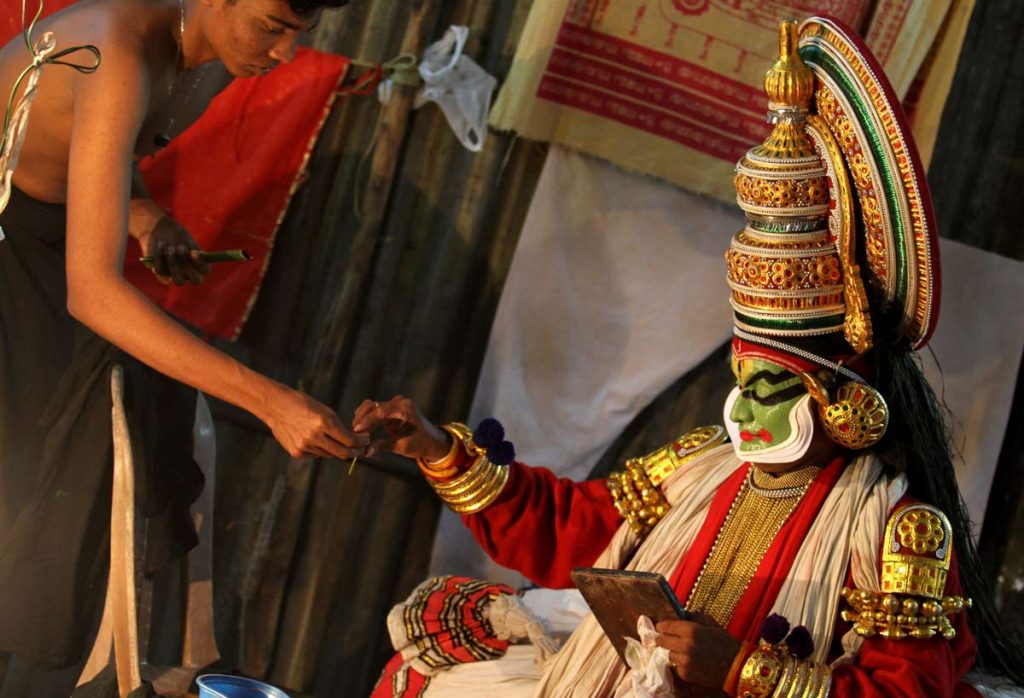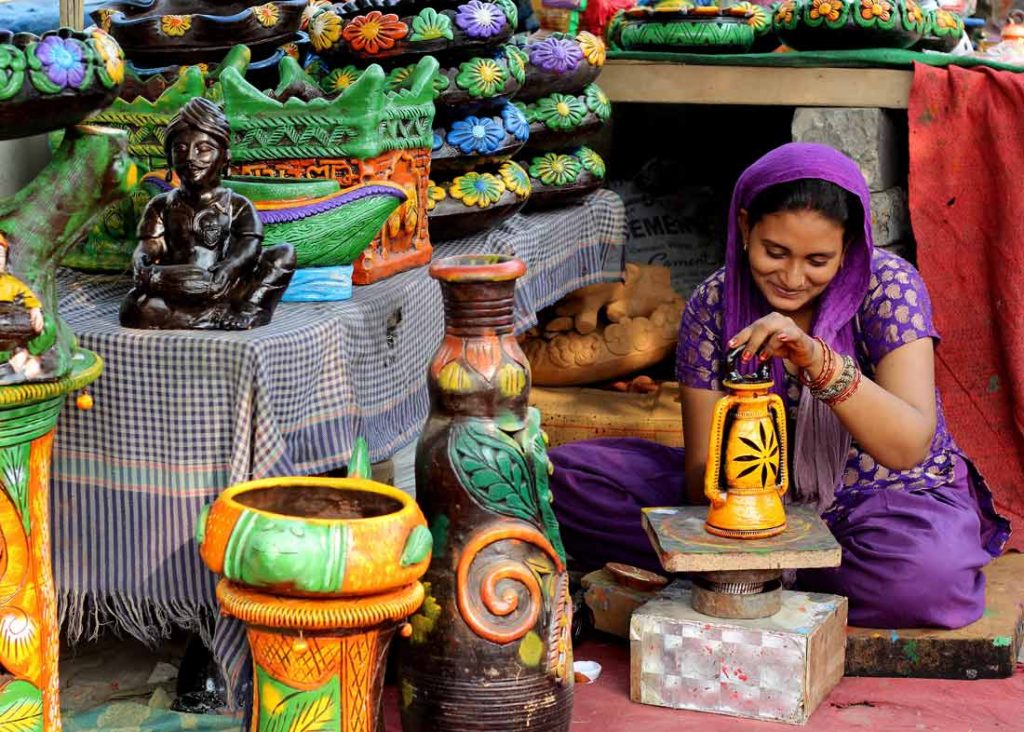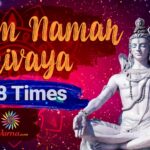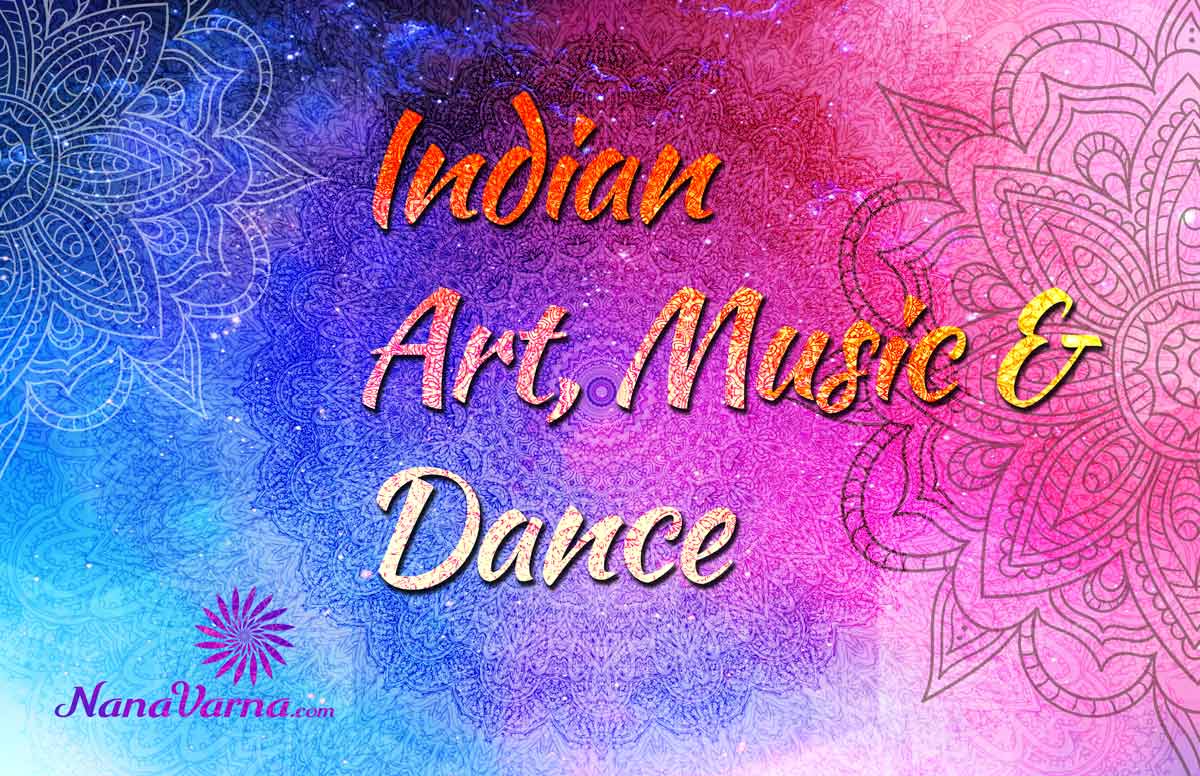Incredible India is a storehouse of the great heritage of art, music, and dance. Indian music & dance even though diverse, is unified by common identification of expression of art. Many music and dance forms have been even used in India as a form of worship for thousands of years and to tell stories and pass down cultural identity.
Art is a reflection of society. Art includes various branches of painting, music, literature, dance and other creative activities. They have a significant impact on society, religion, and education. Paintings, as well as music, literature, dance, reflect the present-day state in the society. Writing reflects the period it was written in.
Rabindranath Tagore elucidates Art as follows-
“It is the response of man’s creative soul to the call of the Real”. This rich tradition of Indian classical music and art promotes the concepts of harmony, integration and cultural glory. Our culture is a composite mixture of varying styles and influences.
INDIAN MUSIC


India has a rich music culture beginning from the Vedic ages. Music had always been referred to as the soothing healer of maladies. Goddess Saraswati is considered to be the goddess of Knowledge and reigning deity of all fine arts like Music, Dance, drawing, painting, sculpture, drama and the poetry. Music has many forms in India – Ghazal, folk music, classic music etc.
The two major styles of classical music unique to India are-
- The Hindustani style popular in North India and
- The Carnatic style is popular in South India.
The main purpose of classical music is in Bhakti/devotion to God. When we talk of Hindustani style, various great poets like Meera Bhai, Namdev, Ek Nath, Tulsidas, Surdas, and Kabir have major contributions. Also Carnatic Music treasures some great contributors like Thyagaraja Swami, Muthuswamy Dikshitar, and Shyma Sastrigal, M S Subbu Lakshmi, Pandit Bhimsen Joshi etc. Purandara dasa, Annamacharya, Narayana Tirthar and Swati Thirunal.
Music heals, soothes and calms. It transforms our lives and enthralls us. Children who are engaged in music have shown better skills with calmer minds as music helps in retentions of memory, vocal skills and concentration. Music unites and builds bridges across communities and countries. It’s our duty to treasure and nurture the Indian musical forms. Art lovers, Art society and Government have always helped to encourage these forms collectively. We, as a whole, must also preserve the our traditions inherited from our ancestors and gurus, add creativity to it and provide it with longer life for future generations to cherish.
INDIAN DANCE


Dance, in India also has an age-long tradition of over 2,000 years. Dance has emerged from characters of historical legends, mythology, and classical literature. The Indian Dance forms are globally appreciated and its legacy is rich and old. Dance, being a visual medium which involves the movements of hands, legs, facial expression certainly achieves better attention than any spoken or written document. There is an endless list of dance forms like Bharatnatyam, Kathakali, Kathak, Manipuri, Kuchipudi, Odissi Mohiniattam etc. in Indian culture.
Be it the worship of Lord Shiva, or Krishna Radha’s Raasleela, it’s associated with lord Natraja of Dance as well as the Omkara. The first sound of OM from where the music begins, the different Mudras and Rasas in the body movements and emotions like anger, fear, sorrow, courage, compassion or happiness are used to express the feelings and to pass on the mythological stories.
The dances in the villages and tribal belts of India are the epitome of Indian culture. They are simple and straight from the heart.
THE INDIAN THEATRE
The Indian theatre dates back to even earlier than 4th century BC. Some of the prominent contributors to the Sanskrit theatre were Ashwaghosa (Madhyama Vyayoga), Kalidas (Shakuntlam, Kumarasambhavam) Sudraka(Mricha Katika), Bhavabhhuti(Uttararamacharita) etc.
In the modern era, the Indian drama appreciated and learned the new techniques and novelty of the western theatre. Theatre is a very strong bridge or vehicle to create social awareness. Indian theatre has some classic examples of plays like Mukta dhara, Dak ghar by Gurudev Rabindranath Tagore. Other illustrious theatre personalities like Amritlal Basu, Bijon Bhattacharya, Jayavant Dalvi, Govind Deshpande, Utpal Dutt, Vijay Tendulkar, Sarita Joshi Rajamanickam Pillai, Kali N.Ratnam, Girish Karnad, Narayana Rao, Shriramulu, Sukumaran Nair, Omcheri, Narasi, DharamVir Bharti, Mohan Rakesh, Jagadishchandra Mathur have made major contributions.
INDIAN ART & ART FESTIVALS


Art is a powerful medium to revolutionise the world. It showcases our culture and societal values. Art, in any form brings meaning to people’s life and has the power to transform the thinking of society. With art, we can preserve the World’s culture and traditions. With the help of art, we can also learn about the world, people, ways they evolved. Visiting different parts of India or the world can help Art students to get a physical aspect to what they are studying and learning. Art centres, societies, universities have always promoted the exposure to art in various ways. Art can change society as much as philosophy and science.
Art Festivals are a reason to get together and express a culture through varied forms such as music, literature, theatre, dance, poetry and a lot more. As a platform for culture, they add economic and aesthetic value to communities and also present some unique creations. The time we live in is ephemeral and many changes are afoot. Traditions are replaced by newer and more convenient ways. In a world where the importance of art and culture is often forgotten, festivals, melas and exhibitions are a plethora of talent we look forward to. Music, literature, theatre, dance, poetry – Art festivals around the world are an expression of cultures in various forms.
As our society becomes more culturally diverse, organisations are understanding the need to work with one another for multicultural collaboration. Thanks to technology, we now have an opportunity to reach a wider audience than before. We must use all these new avenues, in addition to the concerts we hold regularly, for preserving and propagating the richness of Indian music, dance, theatre and art in general. We must preserve the best traditions we have inherited and add further richness with our creative genius. The Indian musicians have given the world a rare menu of soul-stirring musical masterpieces. And these ancient traditions are still conserved and practiced. The electronic era has brought new dimensions to music concerts and dance festivals.
GLOBALISATION
For Globalisation of art, Music & Dance Culture is an essential medium. If you have visited an ‘Art and Culture Festivals’, you would know that there is an immense strength of cultural festivals and they are a major force for social transformation. Cultural festival is a great place where the fusion of ideas are born and brought together. In Creativity, art takes a new form in art festivals and this further helps to improve the perceptions of people. Art is very powerful, if used in a positive way. It can change a person’s psyche and even unite people from different places, globally for one cause. Culture plays an important role in the development of any nation. It represents a set of shared attitudes, values, goals and practices. Culture is one of the most powerful forces in our world that brings out the best from a society, community and even an individual. With the unity of diverse cultures, rich traditions and creative people, cultural festivals or art festivals can be a common ground to bring in the best and unique. It serves as a common platform to understand social trends, history, arts, varied music forms etc. The vibrant art, the innovative ideas and execution are inspiring!
It is sad to note that urdu, a refined language of Shayari, Ghazala, and many classical music forms are losing charm as people are moving towards westernisation and this is where the cultural society plays a major role. But, the positive side still exists- most folk forms like Biraha of Uttarpradesh, and the Bihu of Assam are undergoing a Bollywood makeover. Rajasthani and Punjabi folk songs and dances are part of Bollywood, since ages.
There is a strong need to educate youth about the cultures as well as languages, art forms etc. to preserve and keep up the viability of traditional forms of all performing arts. Media, art societies, institutions also play a crucial role by developing viewership and audience, thereby creating more awareness among the general public.
With this, I wish our traditional art forms, music, dance and theatre to long live, flourish more and widespread globally!
There is a strong need to educate youth about the cultures as well as languages, art forms etc. to preserve and keep up the viability of traditional forms of all performing arts. Media, art societies, institutions also play a crucial role by developing viewership and audience, thereby creating more awareness among the general public.
With this, I wish our traditional art forms, music, dance and theatre to long live, flourish more and widespread globally!















Beautifully written article depicting the gracefulness of Indian Art, Music and Dance!
Thankyou Jaya, Indian culture and heritage is so rich and varied it certainly need to be treasured and cherished.